Key Takeaways
- Khapli Atta is grown in Maharashtra, Karnataka and Madhya Pradesh.
- It thrives in organic, rain-fed, traditional farming.
- Hardy grain adapts to semi-arid Indian climates.
If you’ve recently started hearing about Khapli Atta and wondering where this ancient grain comes from, you’re not alone. Khapli is quickly gaining popularity for its nutritional benefits, but where exactly is it grown?
Let’s dive in and take a closer look.

Khapli Atta Comes from India’s Rich Soil
Khapli Atta is made from Emmer wheat and it’s primarily grown in India, particularly in the regions of Maharashtra, Karnataka and Madhya Pradesh. These areas have a long history of cultivating traditional grains and Khapli is one of the oldest and most revered. The soil, climate and local farming practices in these regions have kept the cultivation of Khapli alive, even as modern wheat varieties became more dominant.
A Grain That Thrives in Traditional Farming Practices
Khapli wheat thrives in organic, rain-fed conditions and it is typically grown using traditional farming methods. This means fewer chemicals and pesticides, resulting in a more natural product. The farming practices in these regions focus on sustainability and preserving the purity of the grain.

Why These Regions?
The unique combination of soil quality and climatic conditions in places like Maharashtra and Karnataka makes them ideal for growing Khapli. The grain is hardy and can withstand varying weather conditions, making it perfect for the semi-arid regions of India. Plus, these regions have been growing Emmer wheat for centuries, so it’s deeply ingrained in their agricultural heritage.

Final Thoughts
So, where is Khapli Atta grown?
Primarily in India, in the traditional wheat-growing regions of Maharashtra, Karnataka and Madhya Pradesh. It’s a grain that thrives in the rich soil and sustainable farming practices of these areas, making it as wholesome as it is ancient.
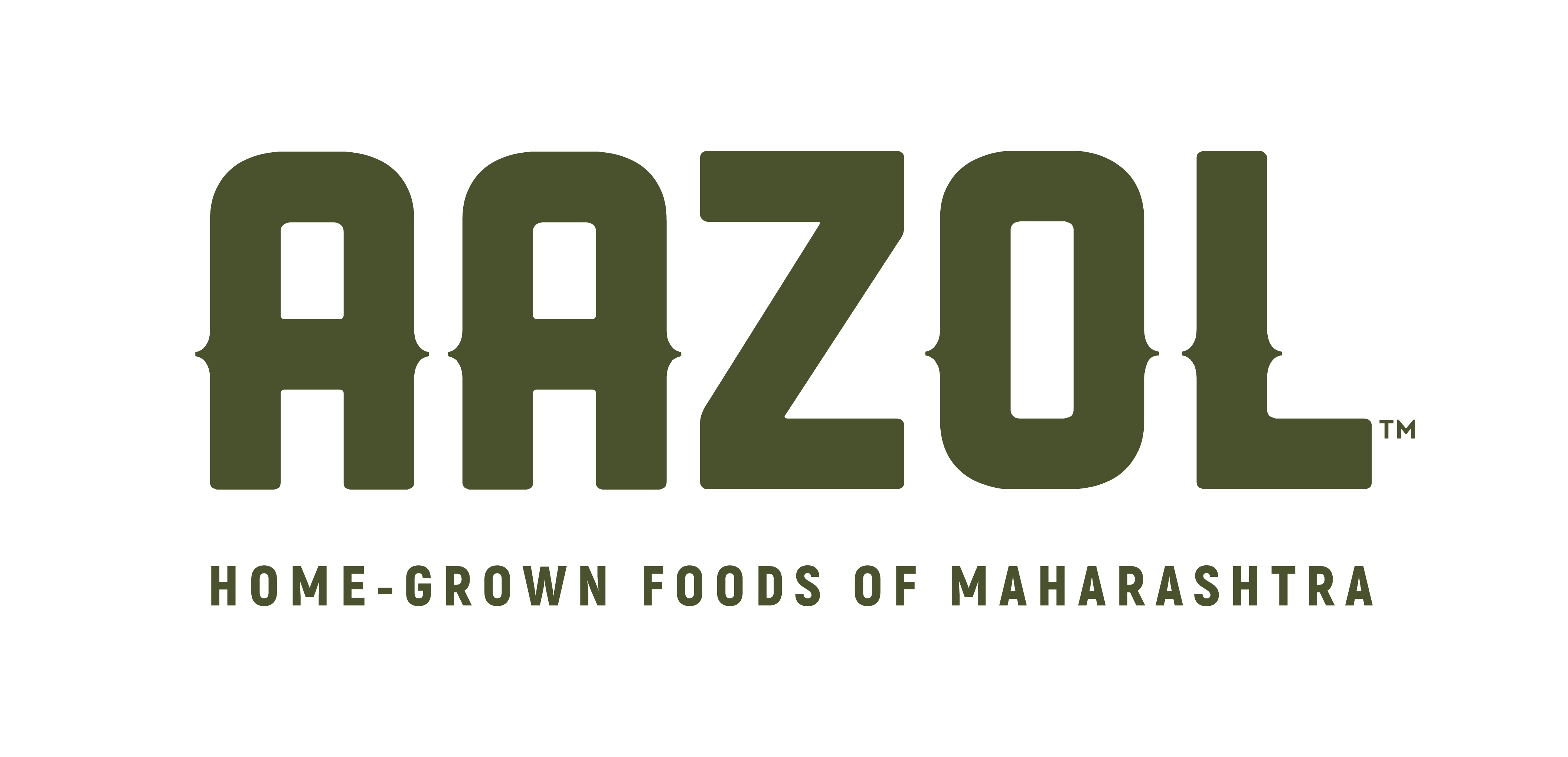

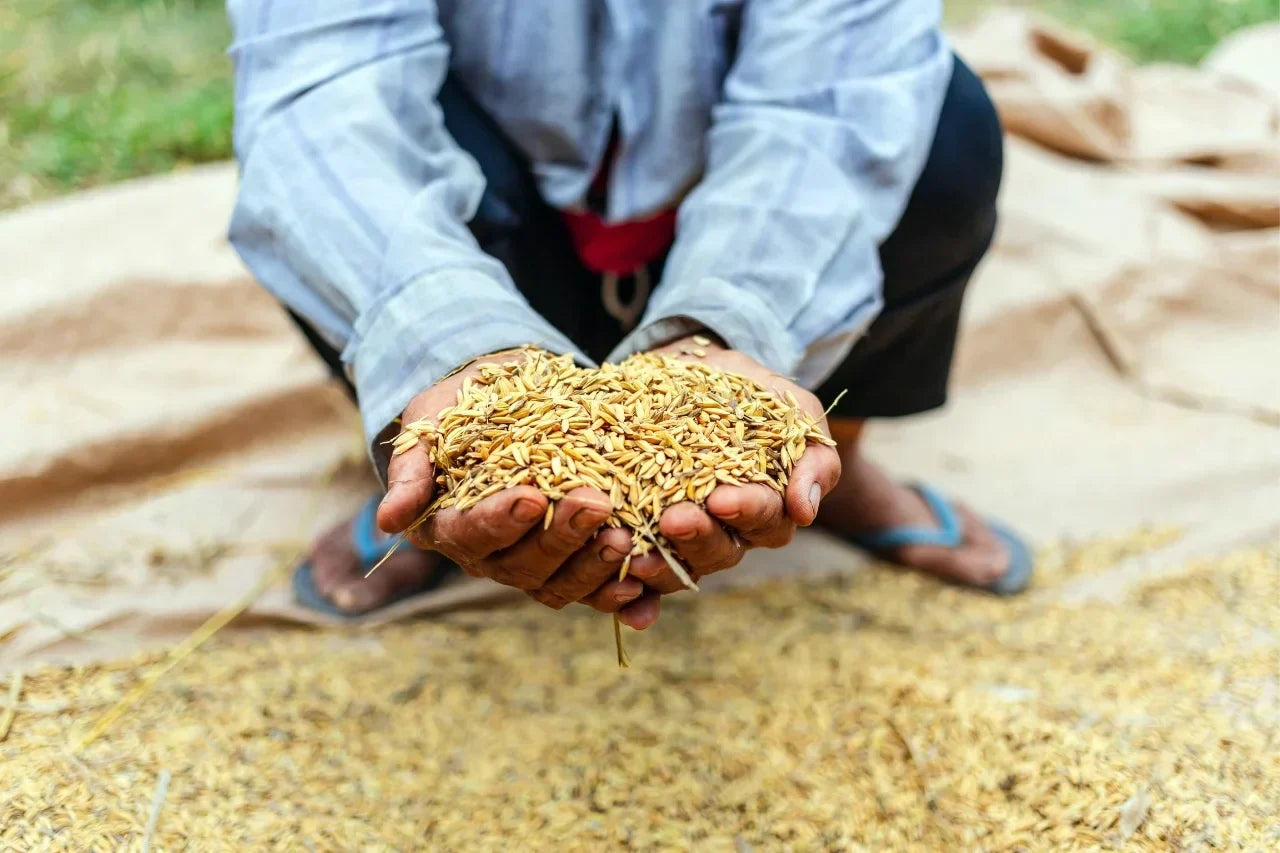

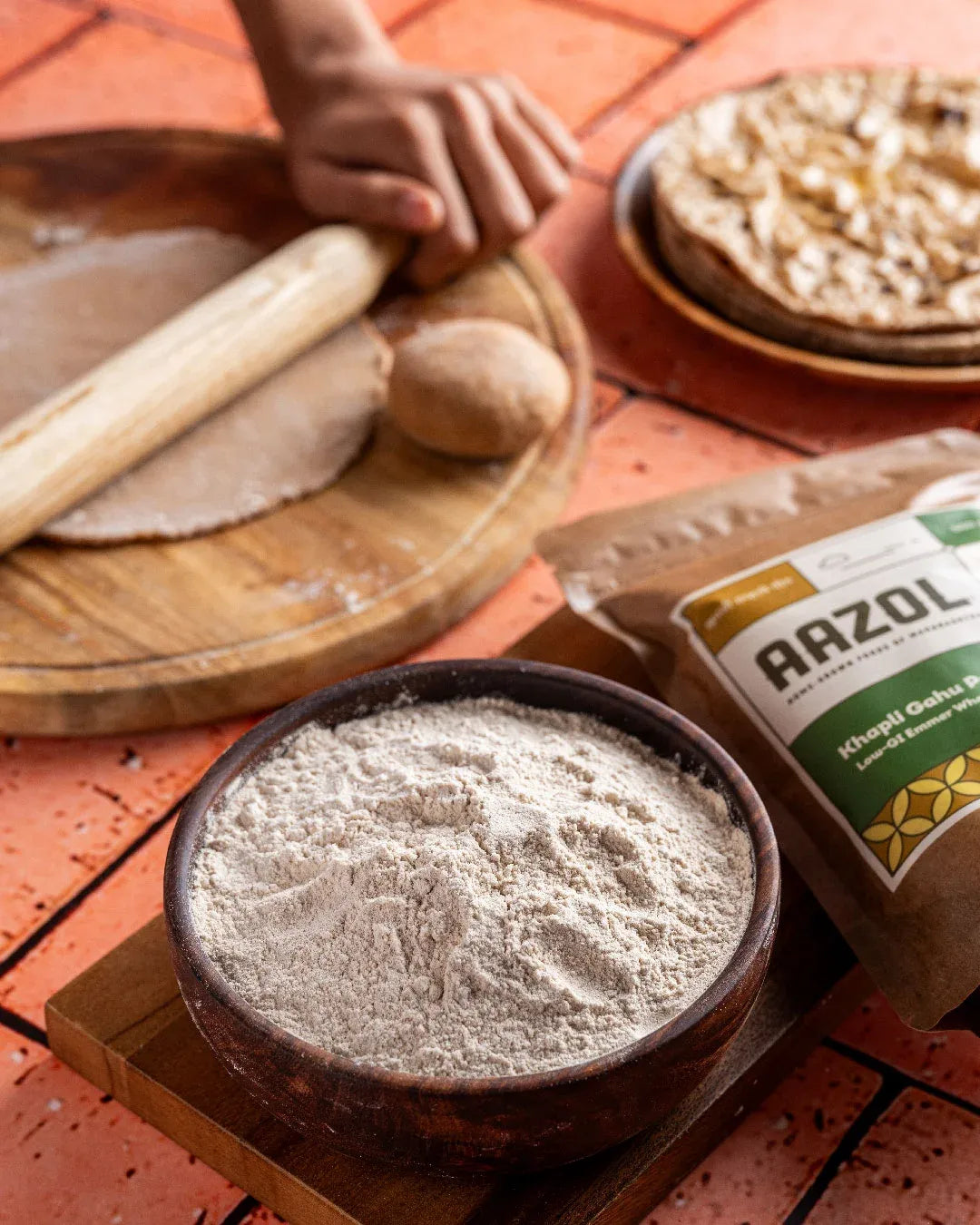

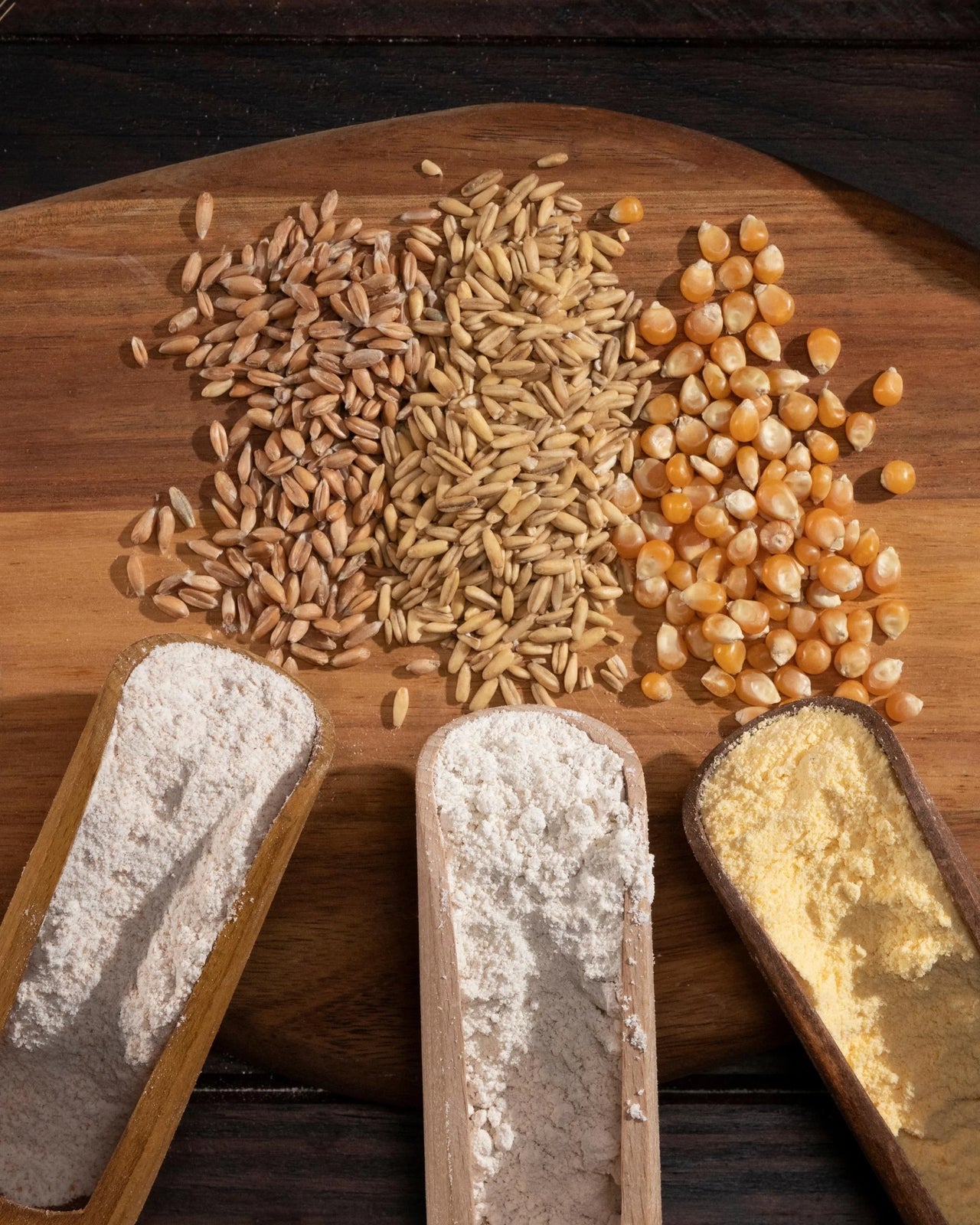
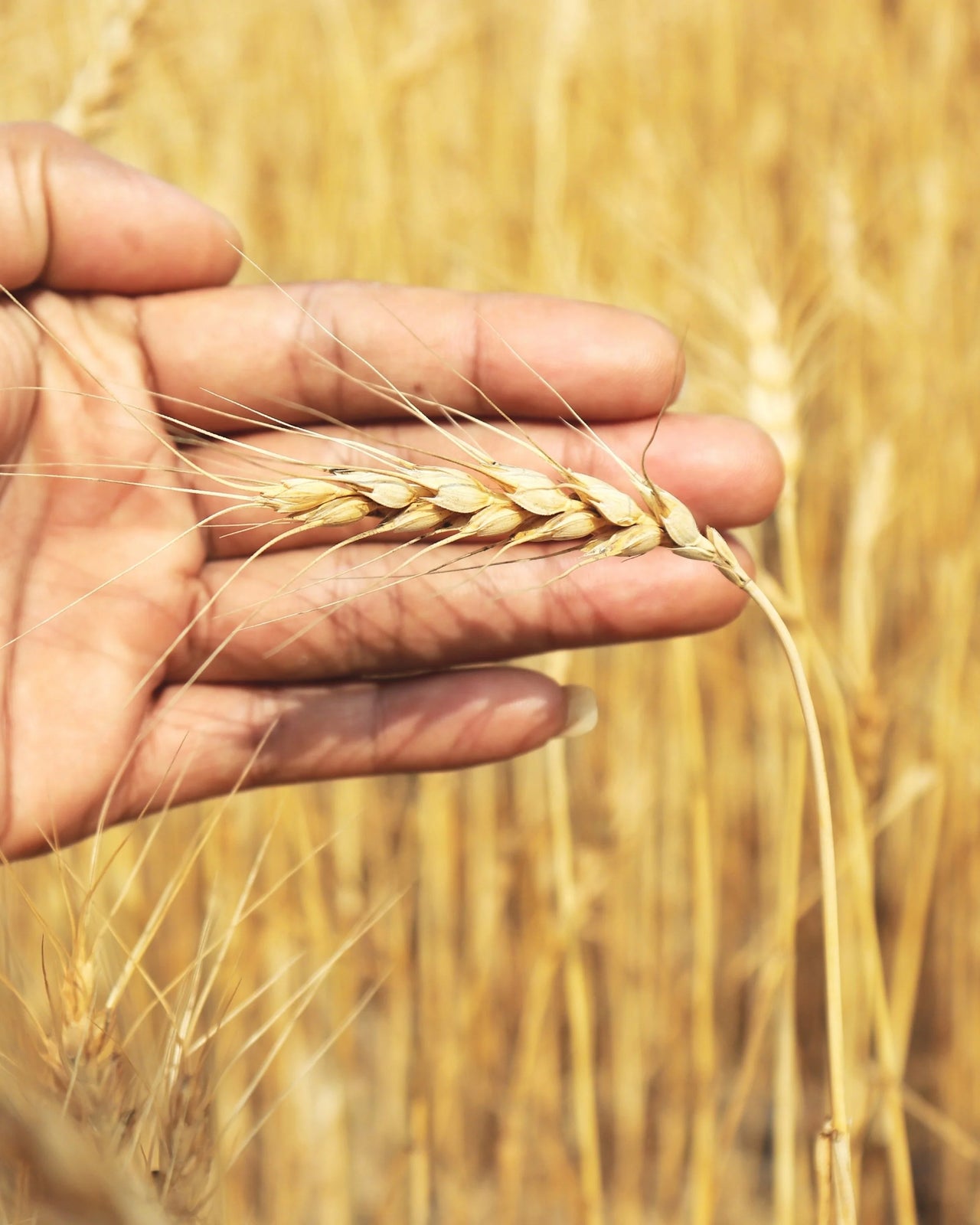

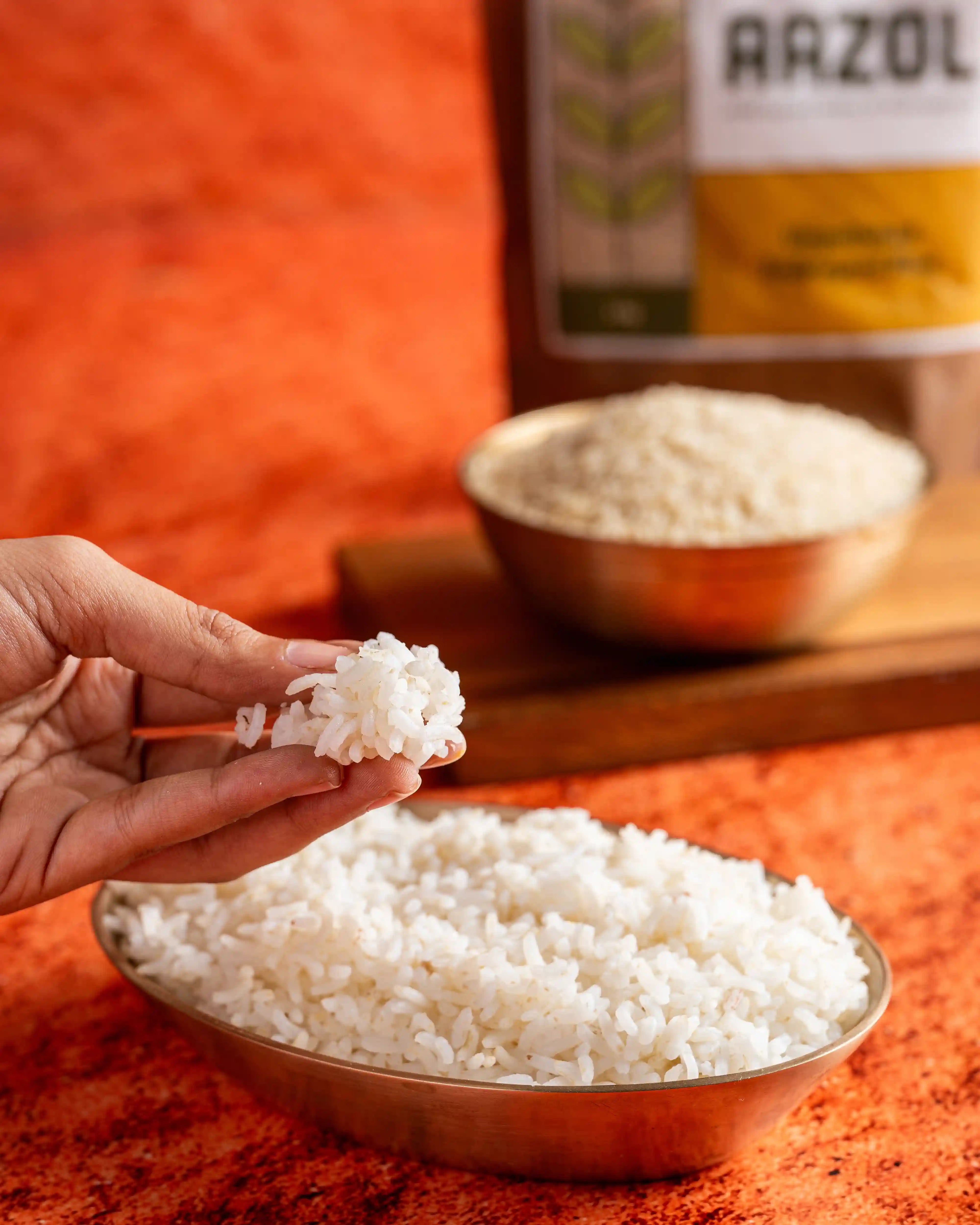
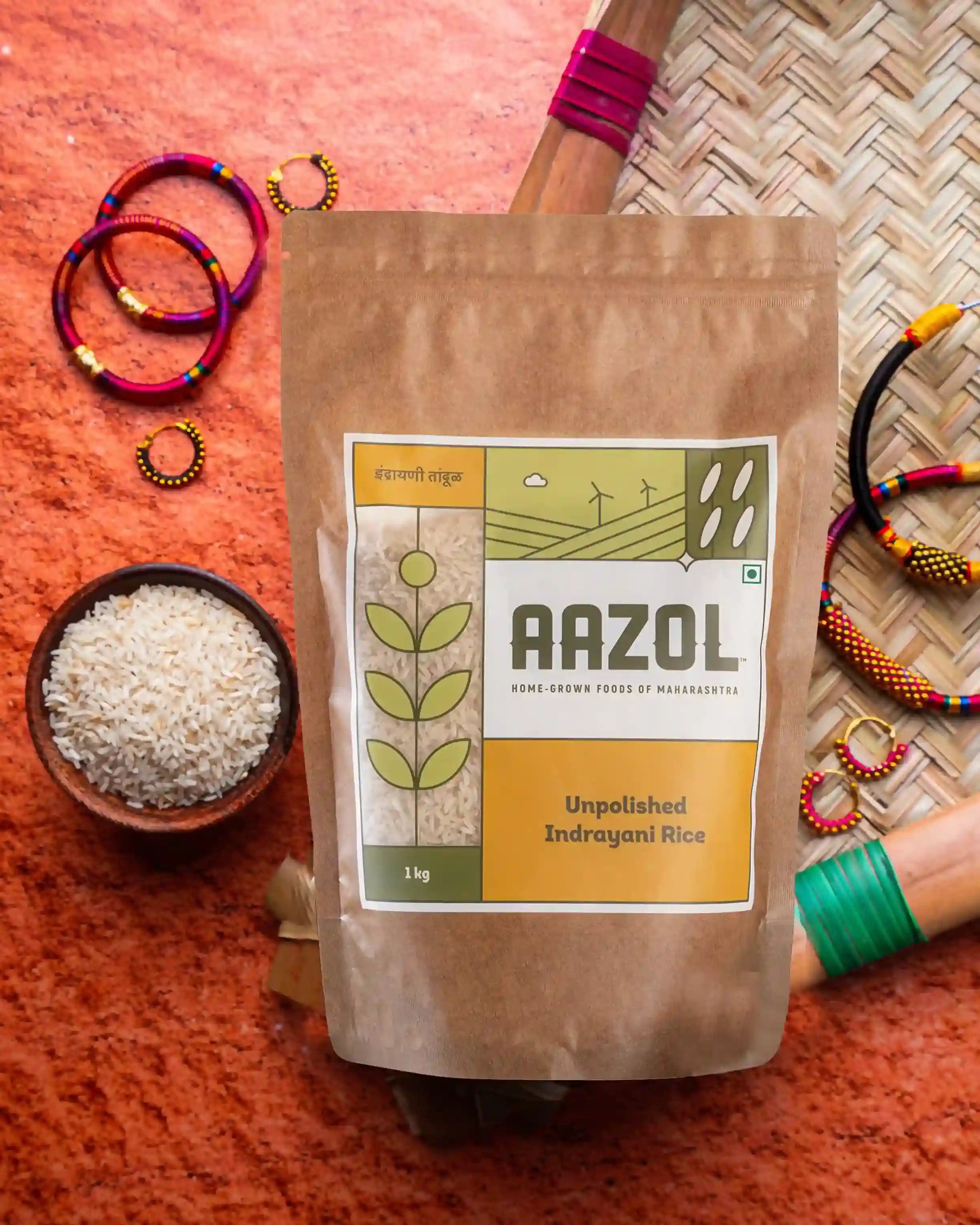

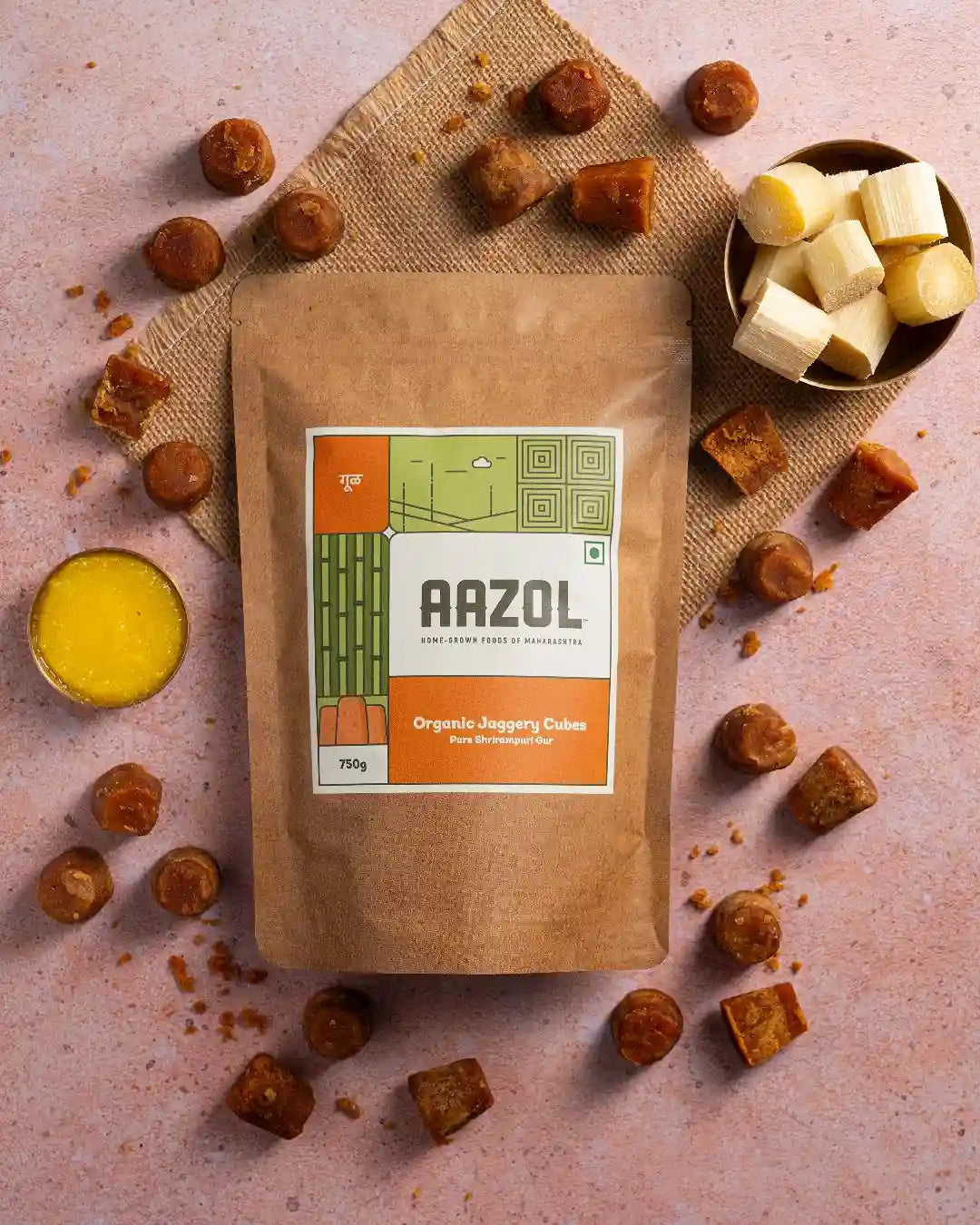
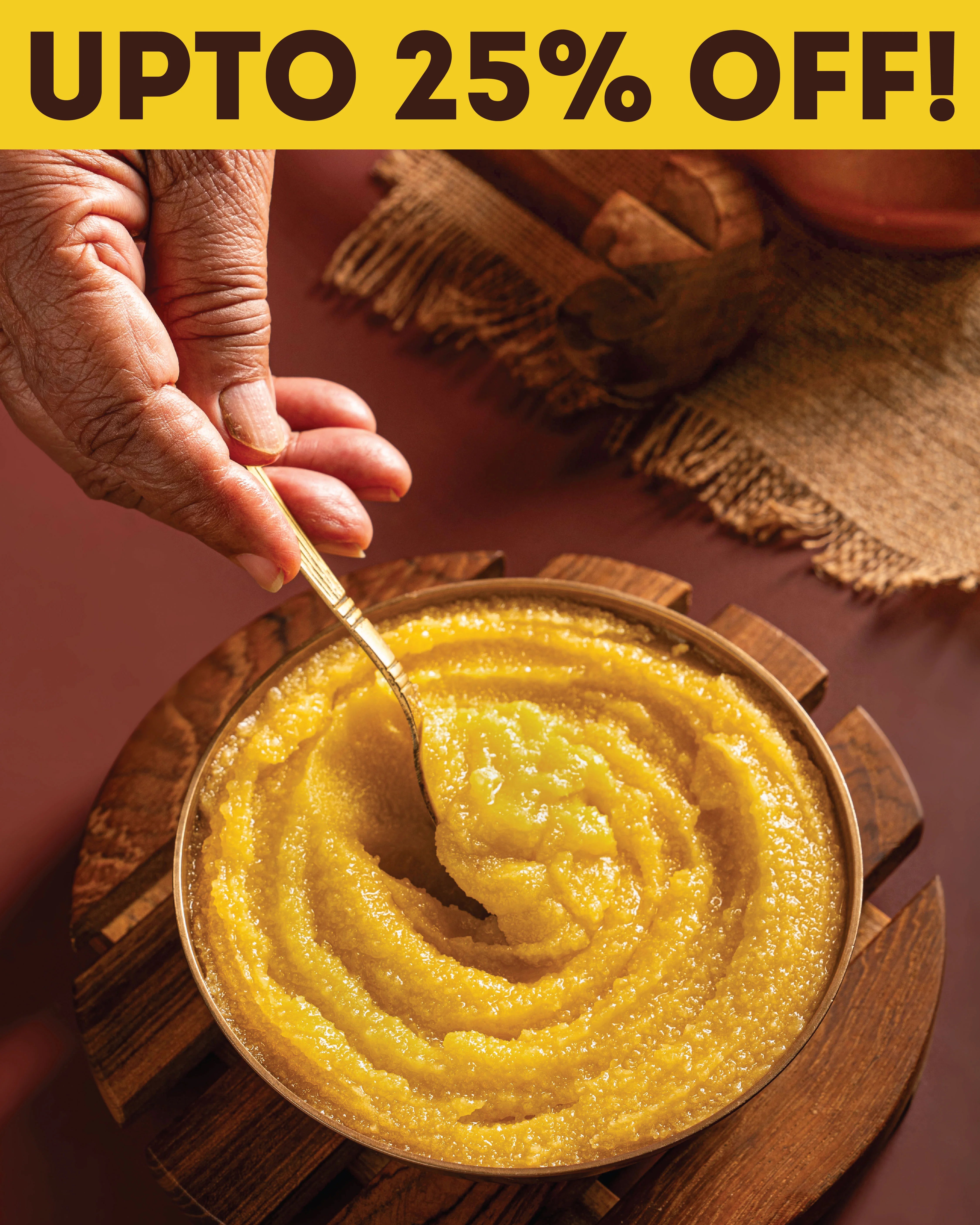
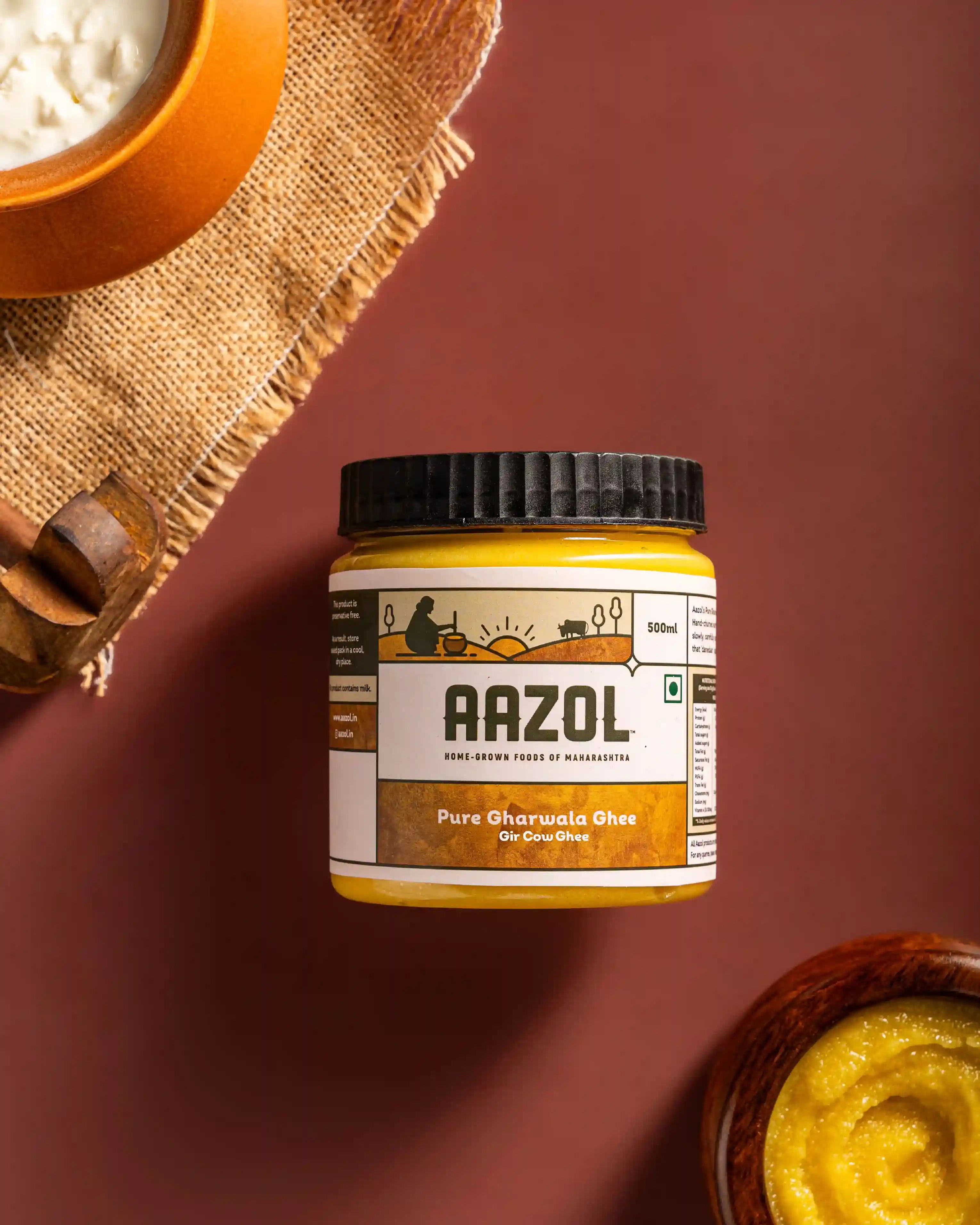
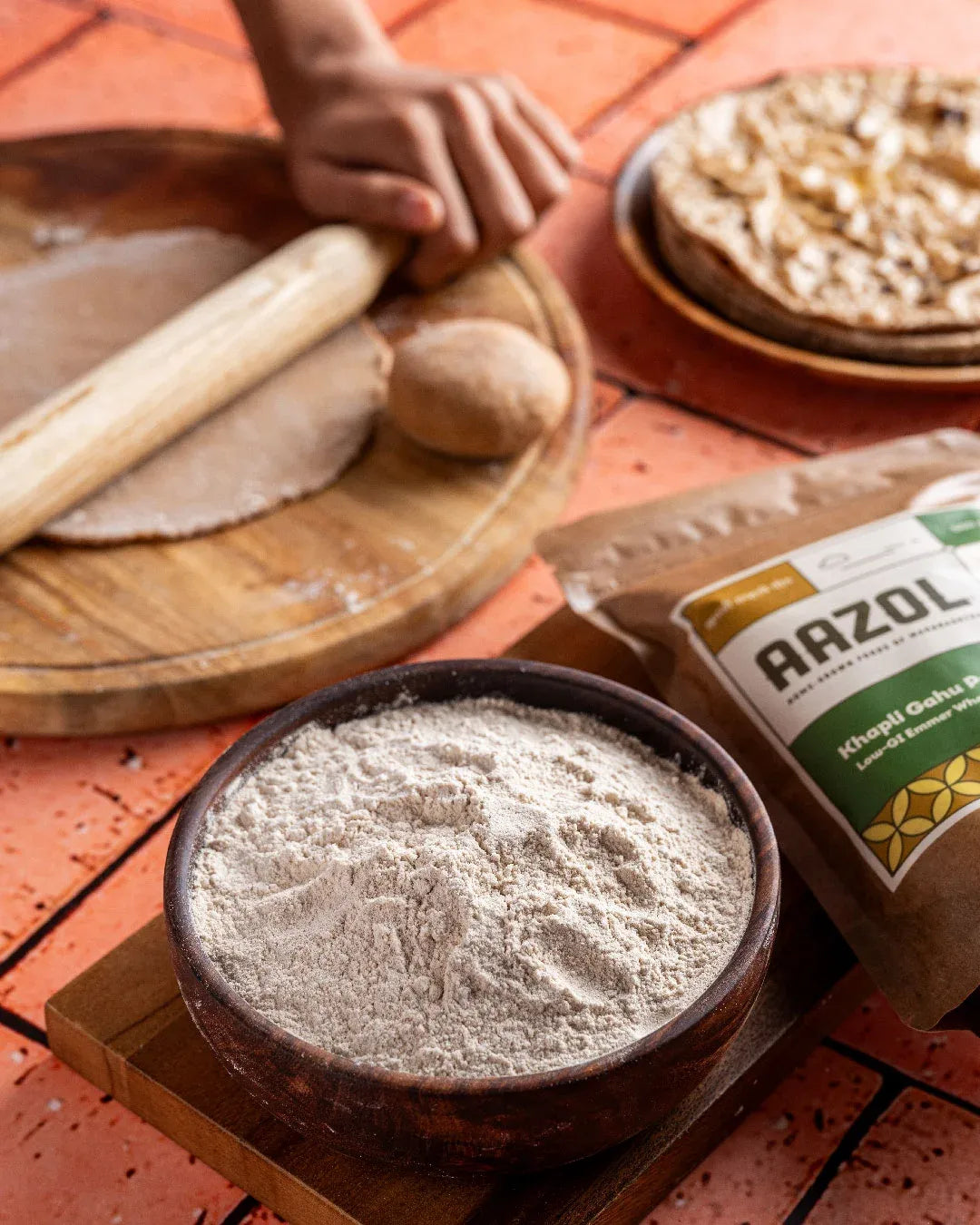
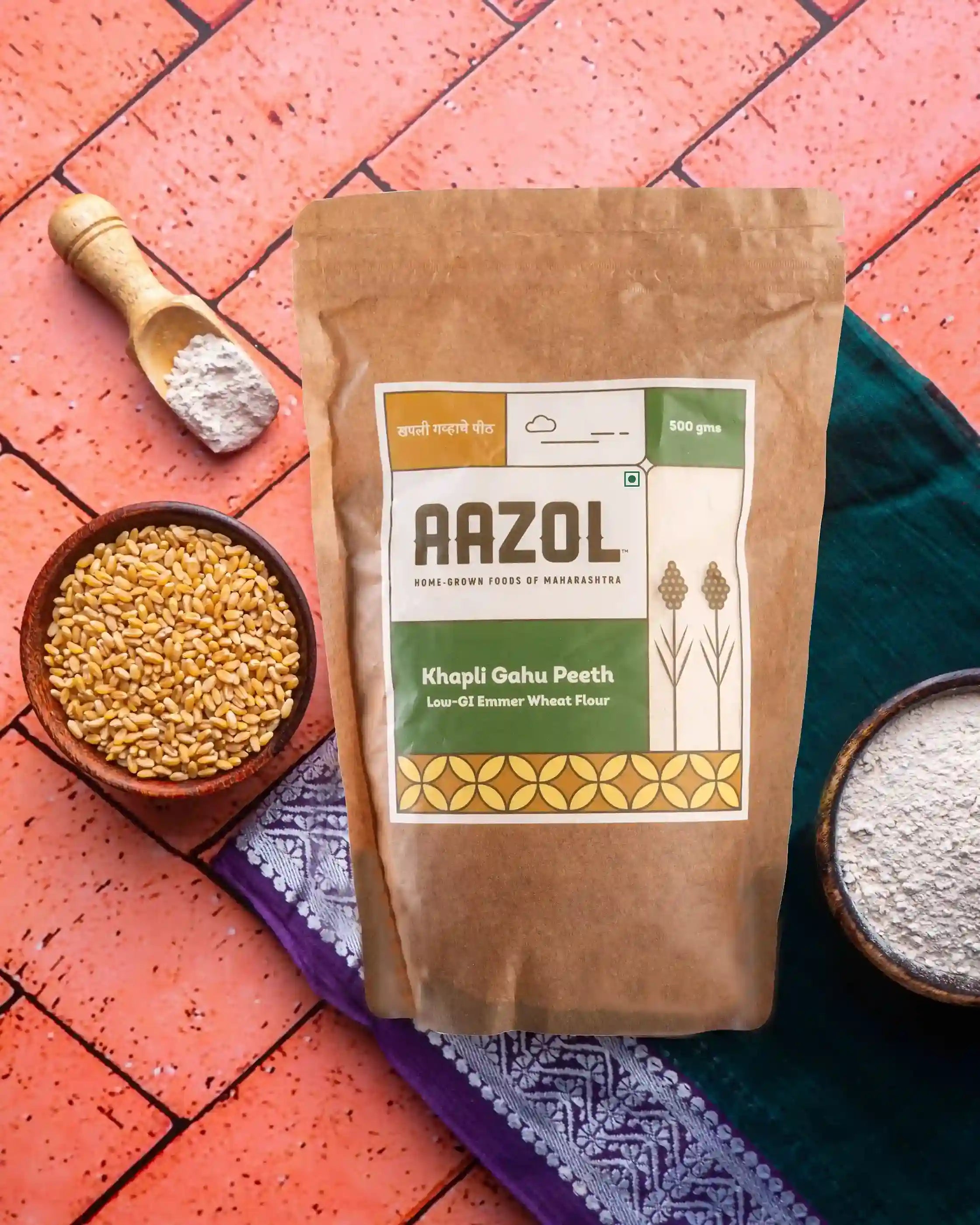

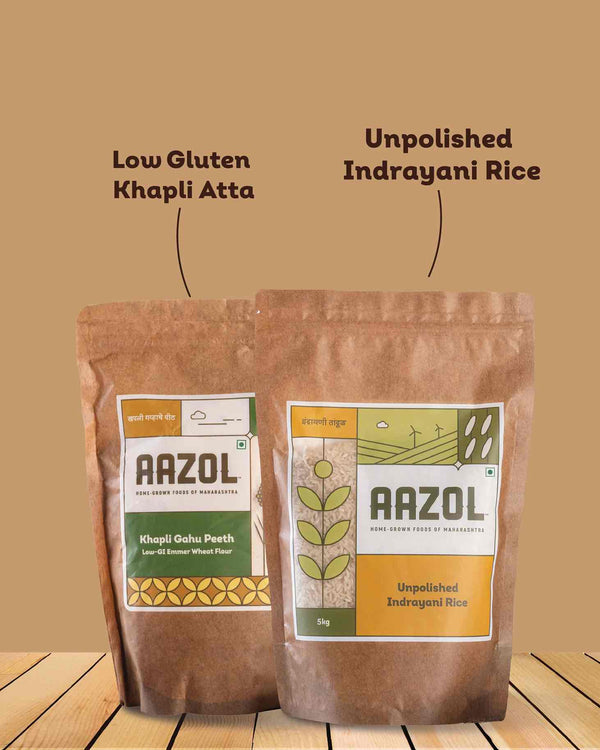
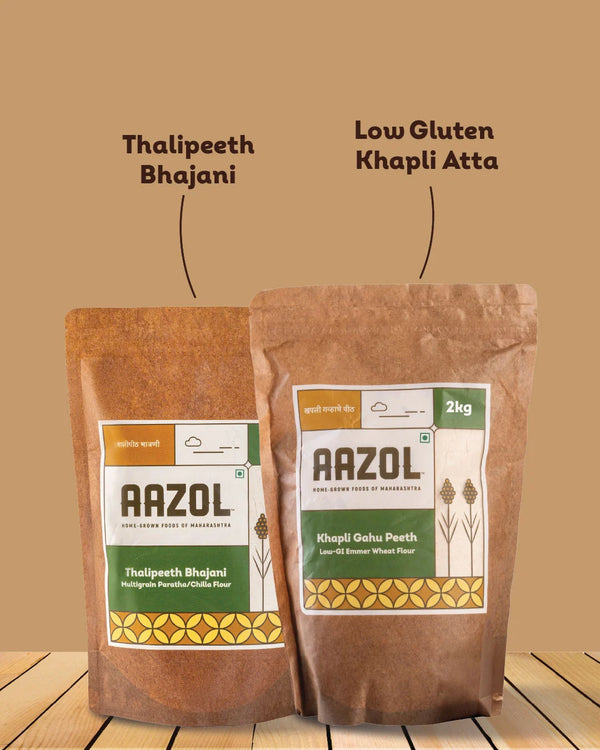
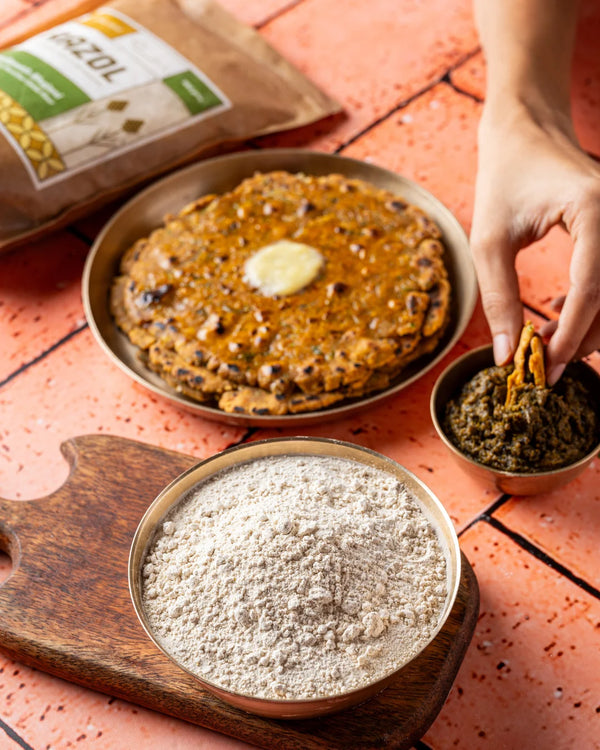
Comments (0)
Your comment may be featured to help others on a similar journey